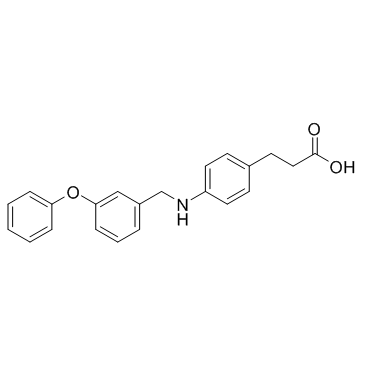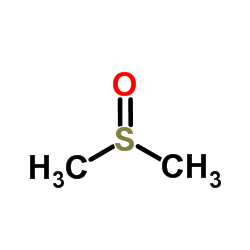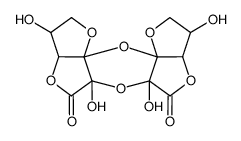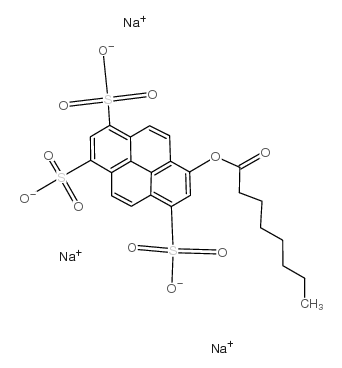| Structure | Name/CAS No. | Articles |
|---|---|---|
 |
Ethidium bromide
CAS:1239-45-8 |
|
 |
Ethanol
CAS:64-17-5 |
|
 |
GW9508
CAS:885101-89-3 |
|
 |
Dimethyl sulfoxide
CAS:67-68-5 |
|
 |
Empirical Formula(Hill Notation)
CAS:72691-25-9 |
|
 |
8-Octanoyloxypyrene-1,3,6-trisulfonic acid trisodium salt
CAS:115787-84-3 |